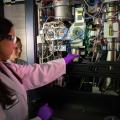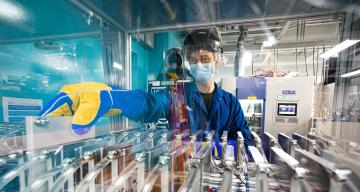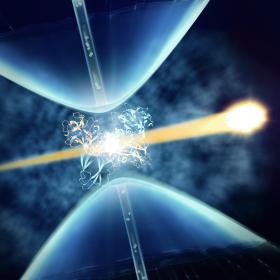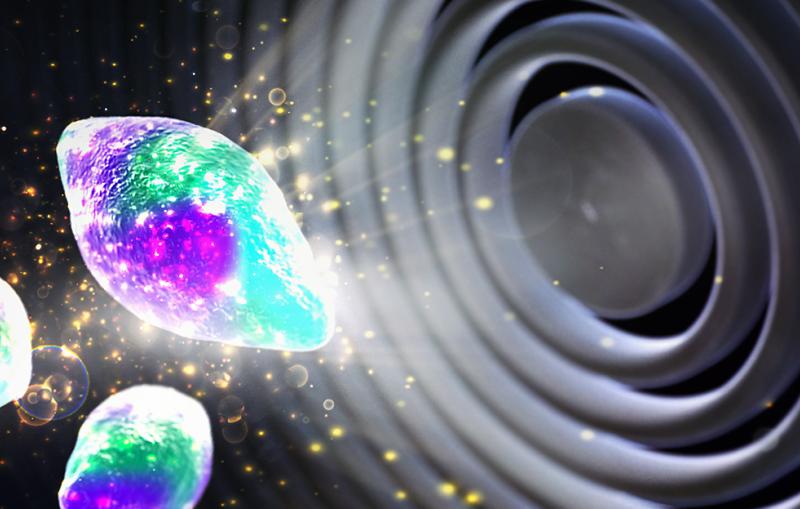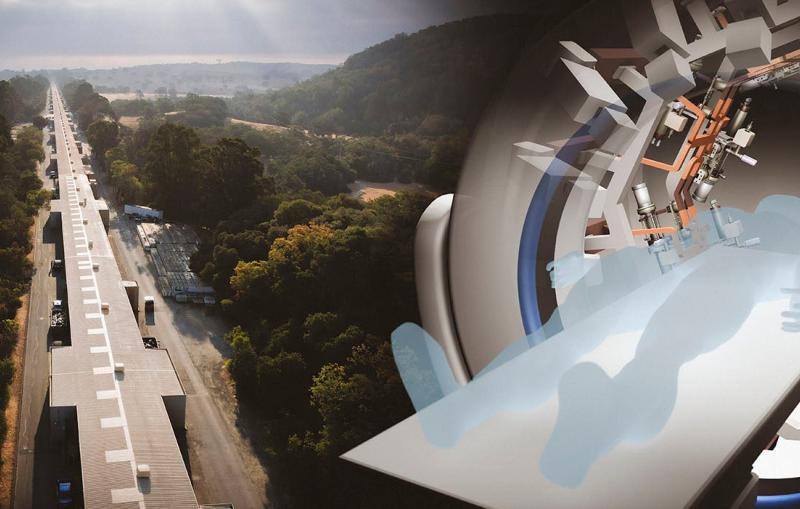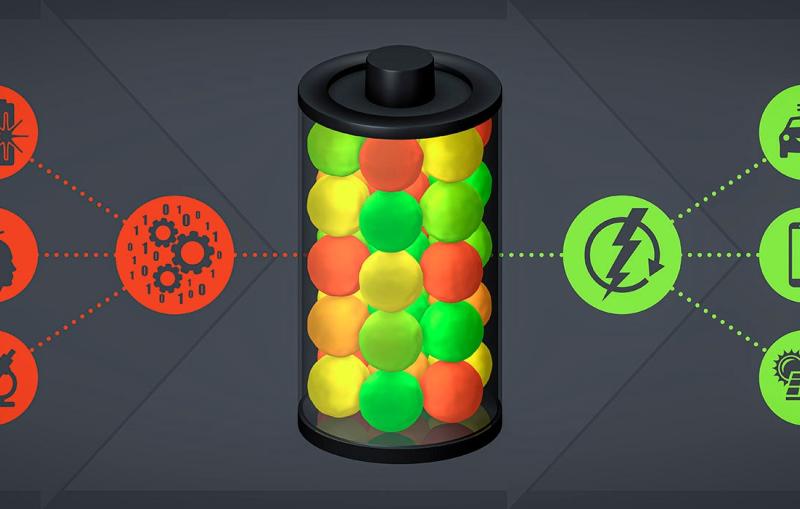As one of 17 Department of Energy national laboratories, SLAC conducts research in a wide range of scientific areas and develops technologies in support of national priorities. Part of our DOE mission is to work with partners to innovate and spread the benefits of federally funded research and development out into society as a whole. SLAC regularly works with companies both small and large to solve technological challenges and advance technology for deployment into the global marketplace. This work is already benefiting companies and communities regionally and across the nation.
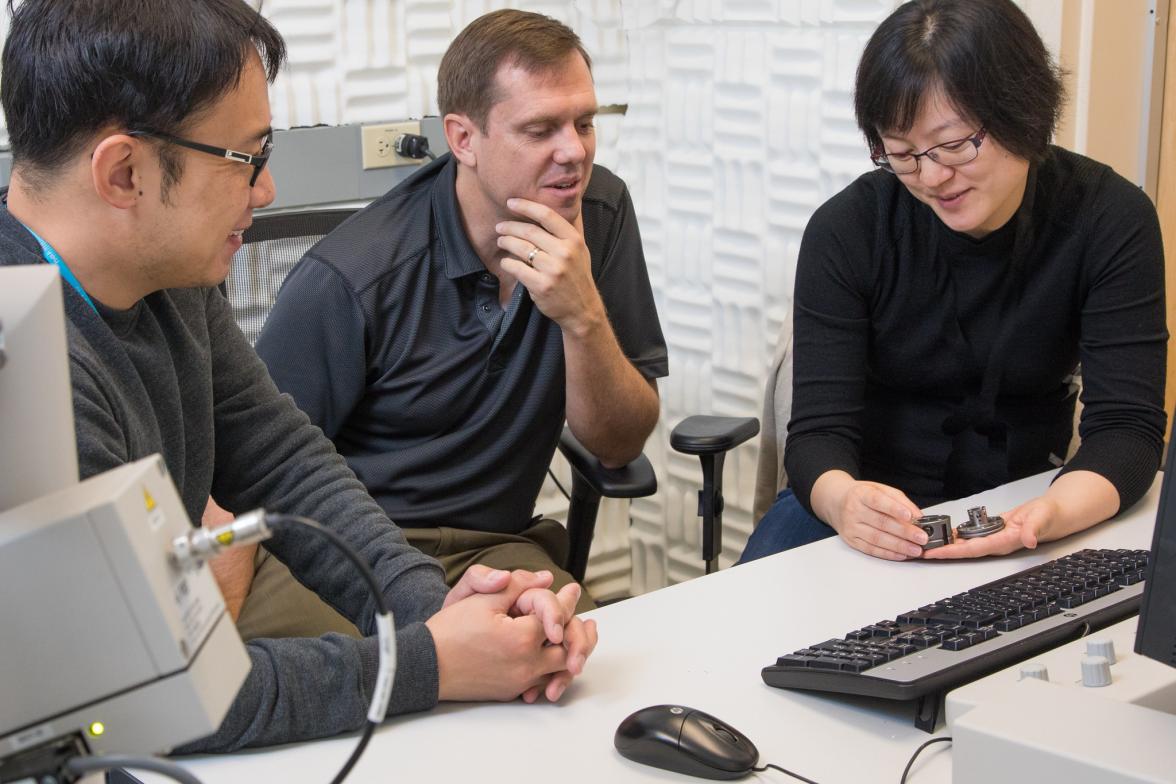
Stronger together
Research partnerships and technology transfer
In collaboration with our partners, SLAC pursues innovative ideas to advance fundamental and applied research and push the limits of modern technology. We build and operate premier research facilities, and our scientists are leading experts in many scientific disciplines. Through a variety of research partnership agreements, SLAC gives companies and organizations access to this world-class scientific expertise and to facilities that are not found in the private sector.
Cooperative Research and Development Agreement
A CRADA is a collaborative written agreement between SLAC and public and/or private entities for the mutual benefit of the parties. Find the agreement template here.
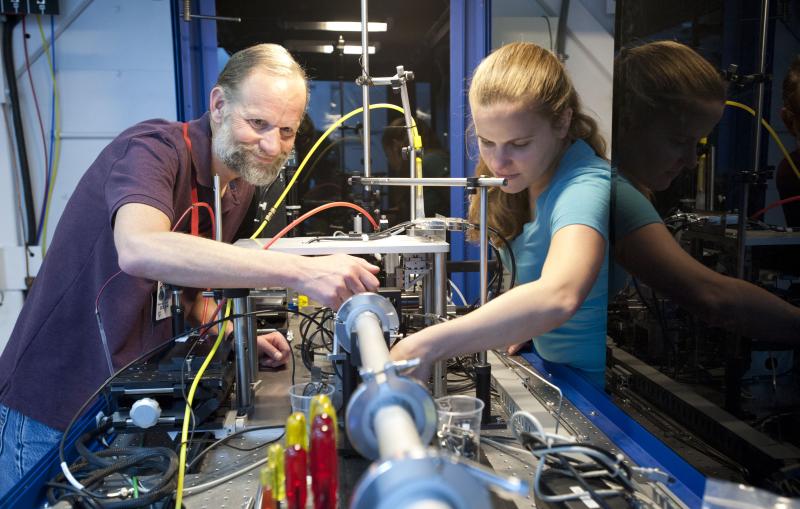
Strategic Partnership Projects
An SPP is a fee-for-service contract that enables industry, non-profit institutions or non-federal entities to pay SLAC to perform a defined scope of work or tasks that draw upon the expertise of SLAC.
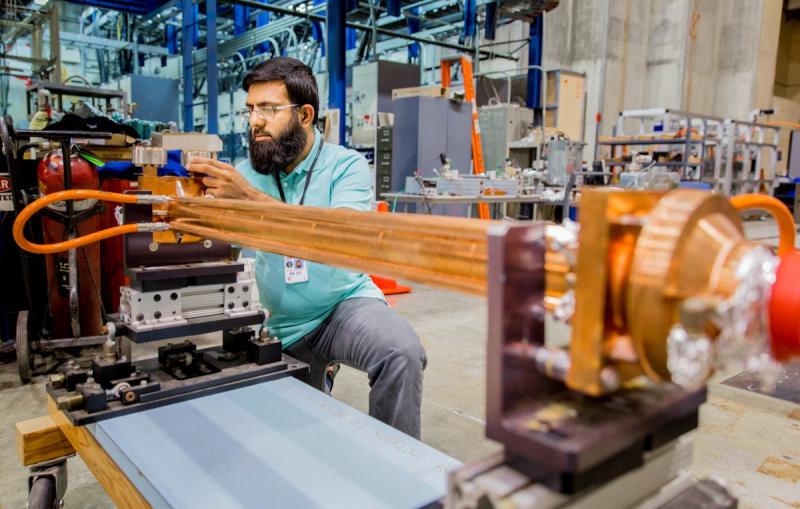
Small Business Innovation Research/Small Business Technology Transfer
The SBIR and STTR programs are sponsored by the U.S. government to provide small businesses competitive grants to aid research and development and support resulting commercialization.
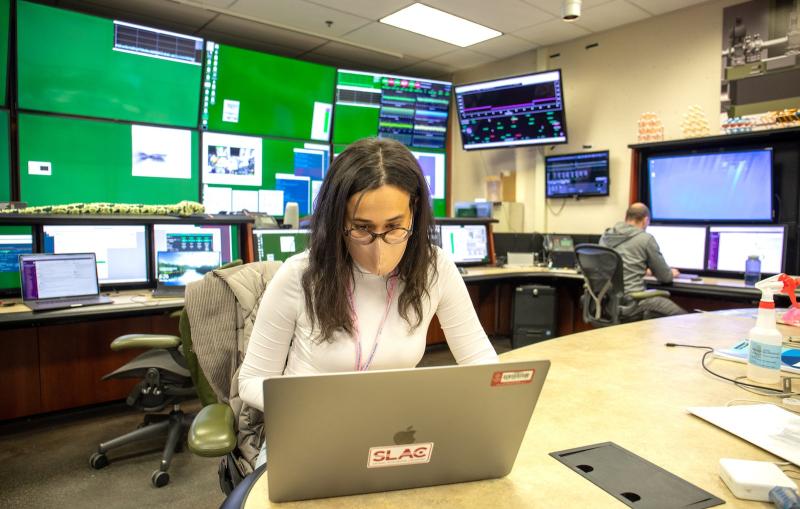
Our scientific facilities
Scientists from universities, laboratories and private companies around the world use our cutting-edge research facilities.
SSRL
Stanford Synchrotron Radiation Lightsource provides extremely bright X-rays that scientists use in a wide range of research to probe matter on the scale of atoms and molecules.
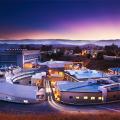
LCLS
Linac Coherent Light Source is the world’s first hard X-ray free-electron laser allowing researchers to make stop-action movies of chemistry in action and explore proteins for new pharmaceuticals.
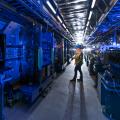
FACET-II
FACET-II provides high-energy electron beams for researching revolutionary particle accelerator technologies that could make future accelerators 100 to 1,000 times smaller and a lot more capable.
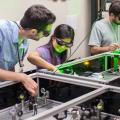
Cryo-EM
The Stanford-SLAC Cryo-EM facility gives scientists unprecedented views of the inner workings of cells and of technologies like batteries and solar cells.
